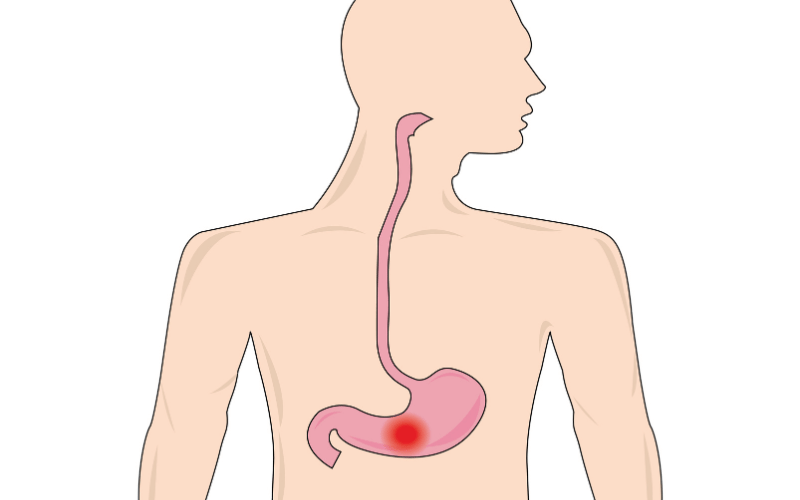Cause 7: Harmful Ingestions

The human esophagus is a marvel of nature, a muscular tube designed to deliver our food and drink safely to our stomachs. It’s resilient, yes, but it’s not impervious to harm. One of the not-so-common but particularly dangerous threats to the esophagus is the ingestion of harmful substances. From a parent’s worst nightmare of a child sipping a household cleaner out of curiosity, to a distressed adult intentionally consuming a corrosive substance, these scenarios lead to chemical esophagitis—a harsh inflammation resulting from chemical burns.
Caustic agents, commonly found in household products like drain cleaners, detergents, or disc battery contents, wreak havoc when they come into contact with the delicate lining of the esophagus. Their corrosive nature leads to immediate cellular damage, causing severe pain and making swallowing an agonizing task. Children, given their inquisitive nature, are particularly at risk. Their smaller esophageal diameter means that even small amounts of these agents can lead to significant injury.
With the ingestion of these harmful agents, time is of the essence. Immediate symptoms may include drooling, refusal to eat, chest pain, or even vomiting. As the hours progress, these might escalate to more severe manifestations such as bloody vomit, rapid breathing, or shock. Such symptoms necessitate an immediate emergency response. But even beyond the acute phase, there lurk chronic implications. The internal scarring from these chemical burns can lead to the narrowing of the esophagus, a stricture, complicating food passage and sometimes necessitating medical intervention.
Treatment for harmful ingestions hinges on the severity and nature of the substance ingested. Contrary to popular belief, inducing vomiting is not always advised, as it can cause further harm. Neutralizing the substance, pain management, and rigorous monitoring are the cornerstones of treatment. In extreme cases, where the structural integrity of the esophagus is compromised, surgical interventions may become imperative. Prevention, however, remains the best cure. Proper storage of hazardous substances, childproofing homes, and educating both children and adults about the dangers of certain substances are paramount. (6)